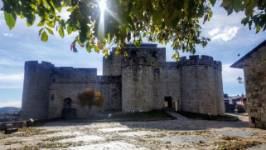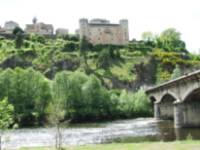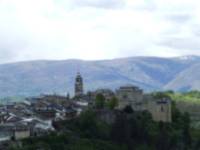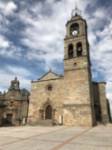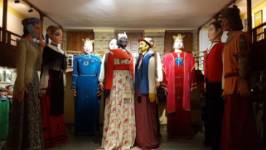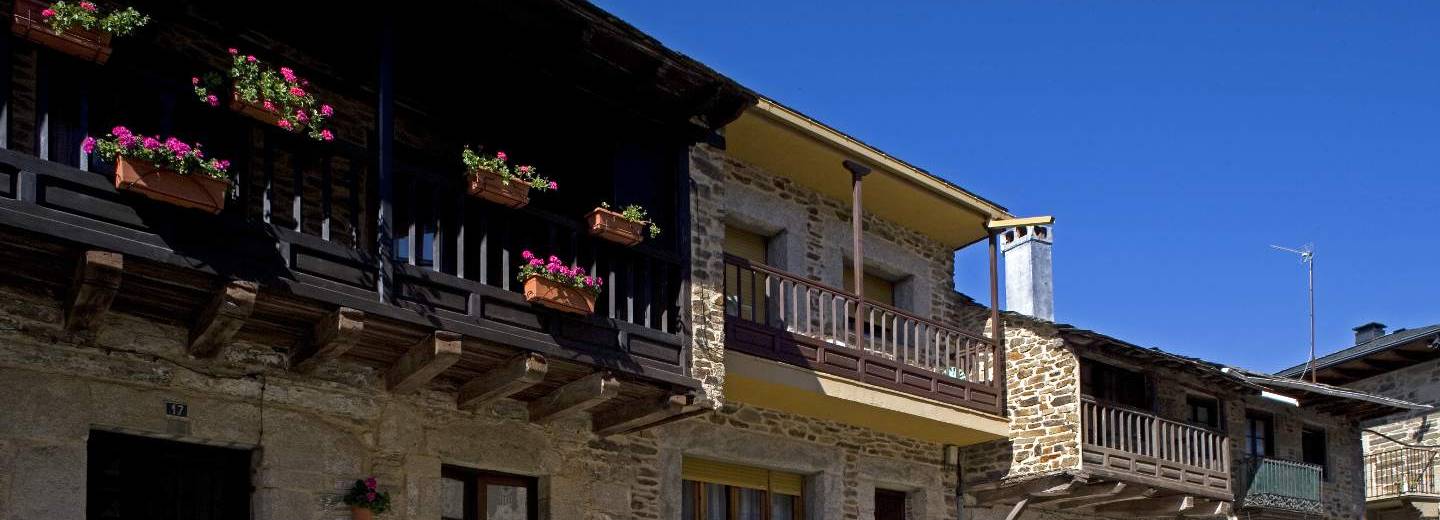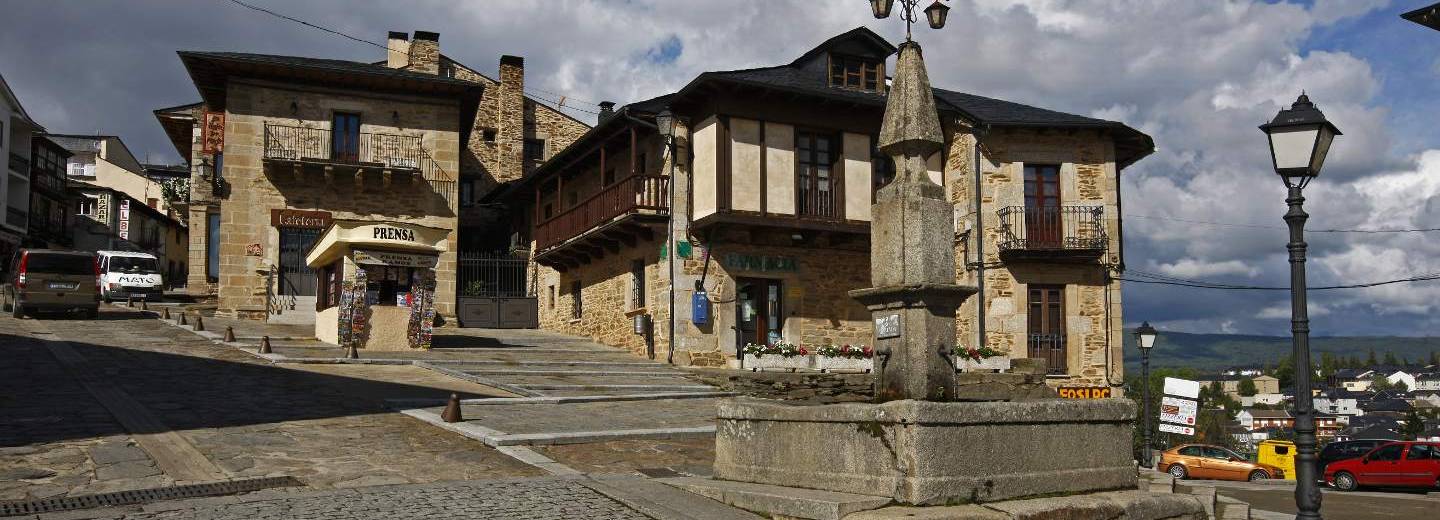The splendour of nature
Puebla de Sanabria
Puebla de Sanabria has been declared a Historic Artistic Site for the uniqueness of its monuments as well as for its careful civil architecture protected by walled enclosures. And, recently, it has been included in the list of "The most beautiful towns in Spain". It is a quality seal, a national and international benchmark of prestige in rural tourism and heritage conservation. And since 2017 the medieval market of Puebla de Sanabria has been declared a festival of tourist interest in Castilla y León.
From the horizon, its 15th century castle stands out, a stately fortress with military uses, its condition is exceptional and it houses the interpretation center of the fortifications, the tourist office and the municipal library. This ensemble is complemented by the Parish Church of Nuestra Señora del Azogue, the Hermitage of San Cayetano and the Museum of Giants and Bigheads. 33 bigheads and 10 giants have been part of the intangible heritage of this town since the mid-nineteenth century when they began to parade through the streets at the Fiestas de las Victorias.
Town located in the northwestern end of the province of Zamora, settled on a plain on top of a rock from where you can see the valley and the mountain, almost always snowed in La Cabrera and the Second, next to the Sierra de la Atalaya.
Strategic place, of union between Castilla and Galicia. Town near the Sanabria Lake, the largest natural lake on the Iberian Peninsula and one of the largest in all of Europe (being the largest of glacial origin), 3,158 m long and more than 50 deep, recognized as being of natural interest in 1946, for the spectacular landscape that accompanies its valleys, canyons, waterfalls, the granite between which it hides and the villages that surround it among groves. Lake surrounded by disputes for centuries.
In the 12th century, Puebla was repopulated as the organizing center of the surrounding territory. In 1220 it became a fortified place for the defense of the kingdoms of León against Portugal, being in the 13th century one of the most important squares of arms in the kingdom. It was the Counts of Benavente -for four centuries, lords of the Villa- who built their castle, growing outside the walled area of San Francisco, typical of places where the enclosures were too small.




